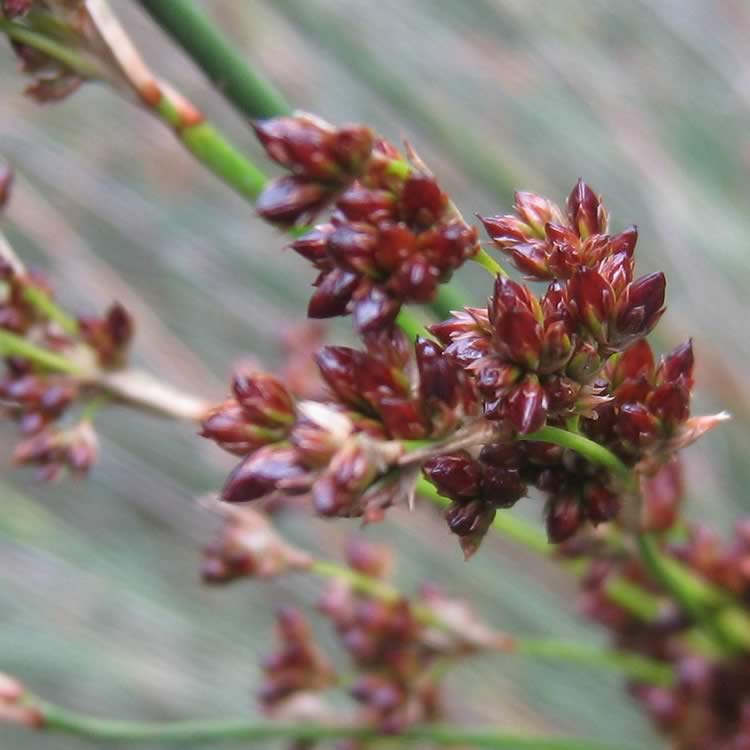Sea rush

Community type
Habitat type
Tidal wetlands and macrophytes beds
Sea rush grows in dense tussocks up to 2 m tall along the banks and shallows of wetlands. It has long leaves and from October to January has clustered reddish-brown flowers up to 20 cm long.
Rushes have shallow spreading roots which help bind soil and reduce bank erosion. They, along with other rushes and sedges, provide a filtering service lining the edge of wetlands to trap sediments in runoff, thereby keeping waterways clean. Sea rush also helps to oxygenate the water and sediment of wetland areas by 'leaking' excess oxygen through their roots. This, along with their dense structure, makes them an ideal microhabitat for many animals such as spiders, beetles and small birds.
